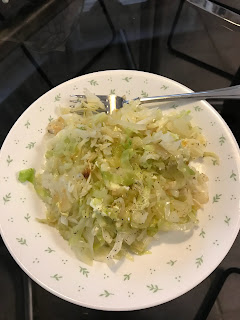The first month of our adventure at Camp Loma De Vida in Edinburg, Texas, is over. I'll summarize with some highlights, and pictures to go with them.
During the month, I did a variety of work assignments, like helping to bake thousands of cookies. Terry and the other guys appreciated the cookies that didn't work out. Now we have to make more next month to make up the deficit.
Then Cheryl and I inventoried the nurse's station and counted t-shirts and tidied cupboards.
The very last day, I got to try something new. Some of us sanded down the wooden railings on bunk beds by hand, because of reports of splinters from the wood. On the last day, I graduated to a palm sander! I don't think I operated it correctly, but it was sure fun!
Finally, at the end of the month I bought two sizes of plates and some bowls at the thrift store. What a pleasure to abandon the flimsy plastic bowls, not meant for constant use, but too good to throw out after one use. I quite like our new dishes.
Much to our amazement, our group leaders, Don and Cheryl Delaschmit are birders, and we'll be with them for the month of February as well. It's been great, their knowledge has been a big help in identifying birds. Here are some of the birds we've seen.
 |
Green Jay |
 |
| Ringed Kingfisher |
 |
| Common Pauraque |
This is such an interesting example of camouflage. You would never see this bird even if you walked right by it. It was pointed out to us a couple of feet away from the footpath in Estero Llano Grande State Park. Then it was obvious that a barrier of piled up sticks had been placed at the edge of the path to discourage people from disturbing the Pauraque's sleep. This bird is on permanent night shift; it sleeps during the day and hunts for insects at night.
I was glad to get such a good look at him up close. Last week Terry flushed one up out of the brush when we were chasing another bird, but I didn't get to see it beyond a flapping of wings.
 |
| Roseate Spoonbill |








